Creating a water-wise garden is not just about saving resources but cultivating a vibrant space filled with life and beauty. Trees are crucial in this environment, offering shade, air purification, and aesthetic appeal. In this post, we'll explore three exceptional trees—Acacia acinacea (Gold Dust Wattle), Callistemon citrinus (Harkness Bottlebrush), and Eucalyptus leucoxylon (Yellow Gum)—that thrive in water-wise gardens. These drought-resistant options help conserve water, filter air pollutants, and enhance local air quality, making them perfect for the discerning homeowner.
Acacia acinacea (Gold Dust Wattle)
Acacia acinacea, commonly known as Gold Dust Wattle, is a small yet striking tree known for its vibrant yellow flowers that bloom in spring. This native Australian species is perfect for adding a pop of color to your garden while requiring minimal water once established.
Key Facts
- Mature Height: 2-4 meters
- Mature Width: 1.5-3 meters
- Best Uses: Feature tree, informal hedging
- Leaf Appearance: Fine, fern-like leaves with a soft green hue
- Rate of Growth: Moderate
- Tolerates: Drought, poor soil conditions, and light frost

Why It's Perfect to Add to Your Garden
The Gold Dust Wattle is a fantastic addition to any garden. Its eye-catching yellow flowers attract pollinators, creating a buzzing atmosphere of life. Additionally, its low maintenance needs make it ideal for busy homeowners seeking a beautiful, vibrant tree without the fuss. This tree's ability to thrive in poor soil conditions and tolerate drought makes it a resilient choice for a sustainable garden. By choosing Acacia acinacea, you’re beautifying your space and contributing to local biodiversity.
Callistemon citrinus (Harkness Bottlebrush)
Callistemon citrinus, or the Harkness Bottlebrush, is a native tree that features stunning, brush-like flowers, usually in red, pink, or white shades. This tree adds an exotic touch to your garden and thrives in water-wise conditions.
Key Facts
- Mature Height: 3-5 meters
- Mature Width: 2-3 meters
- Best Uses: Feature tree, street tree, or as part of a hedge
- Leaf Appearance: Narrow, elongated leaves with a fresh green color
- Rate of Growth: Fast
- Tolerates: Drought, coastal conditions, and poor soils

Why It's Perfect to Add to Your Garden
The Harkness Bottlebrush is not only visually striking but also highly functional. Its flowers are a magnet for bees and birds, enhancing the ecological value of your garden. With its fast growth rate, this tree quickly establishes a presence, making it ideal for homeowners eager to see results. The Callistemon citrinus is also exceptionally drought-resistant, allowing it to flourish in areas with limited water resources. Planting this tree ensures a lush garden while contributing to a cleaner environment through its air-purifying properties.
Eucalyptus leucoxylon (Yellow Gum)
Eucalyptus leucoxylon, also known as Yellow Gum, is a stunning tree with distinctive bark and beautiful yellow flowers. It is a great option for those looking to add height and structure to their water-wise garden.
Key Facts
- Mature Height: 10-15 meters
- Mature Width: 6-10 meters
- Best Uses: Shade tree, windbreak, and street tree
- Leaf Appearance: Thick, lanceolate leaves with a silvery-green hue
- Rate of Growth: Moderate to fast
- Tolerates: Drought, poor soil, and coastal conditions

Why It's Perfect to Add to Your Garden
The Yellow Gum tree brings an impressive stature to any landscape, making it an excellent choice for those seeking to create a focal point. Its ability to provide shade is a significant advantage, especially in warmer climates. Moreover, the Eucalyptus leucoxylon is drought-tolerant and requires little maintenance, making it an ideal choice for busy homeowners. Its flowers attract a variety of wildlife, enriching your garden's ecosystem while helping filter air pollutants and improving local air quality.
Creating a Thriving Ecosystem
By planting trees like Acacia acinacea, Callistemon citrinus, and Eucalyptus leucoxylon, you’re not just enhancing your garden’s aesthetic; you’re fostering a thriving ecosystem. These trees provide essential habitats for various wildlife, including birds, insects, and small mammals. The flowers of the Bottlebrush attract native bees and butterflies, while the foliage of the Gold Dust Wattle offers shelter and food for many species. This diversity is vital for pollination and natural pest control, creating a balanced environment where your garden can flourish organically. With each tree you plant, you contribute to a vibrant community of life, enriching not only your garden but also the surrounding environment.
Sustainable Gardening Practices
In addition to choosing drought-resistant trees, implementing sustainable gardening practices can further enhance the water-wise aspect of your landscape. Consider mulching around your trees to retain moisture and regulate soil temperature. Using organic compost enriches the soil and encourages healthy root development, allowing your trees to thrive with less water. Furthermore, grouping plants with similar water needs together can optimize irrigation efforts, ensuring that every plant receives adequate hydration without waste. By combining these practices with the selection of trees like Acacia acinacea, Callistemon citrinus, and Eucalyptus leucoxylon, you’re setting the stage for a sustainable garden that reflects your commitment to the environment while showcasing your personal style.
Conclusion
Incorporating these exceptional trees—Acacia acinacea, Callistemon citrinus, and Eucalyptus leucoxylon—into your garden not only enhances its beauty but also aligns with a water-wise approach. Each tree offers unique characteristics that cater to a luxurious lifestyle while providing practical benefits like air purification and drought resistance.
By choosing these drought-tolerant options, you're making a smart investment in your landscape that promotes sustainability and biodiversity. The beauty of a water-wise garden is in its ability to thrive with minimal resources, creating a vibrant, healthy space that you can enjoy for years to come.
FAQs
- What is a water-wise garden? A water-wise garden uses plants that require minimal irrigation once established, focusing on drought-resistant species that thrive in local conditions.
- How do trees improve air quality? Trees filter air pollutants through their leaves and bark, absorbing carbon dioxide and releasing oxygen, thus enhancing local air quality.
- Are these trees suitable for small gardens? Yes, the Acacia acinacea and Callistemon citrinus are excellent choices for smaller spaces due to their manageable size and low maintenance needs.
- How often should I water these trees? Once established, these trees require little additional watering. Watering is most crucial during their initial growth phase to help establish roots.
















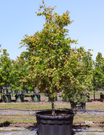

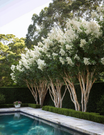





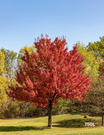


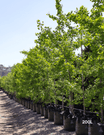




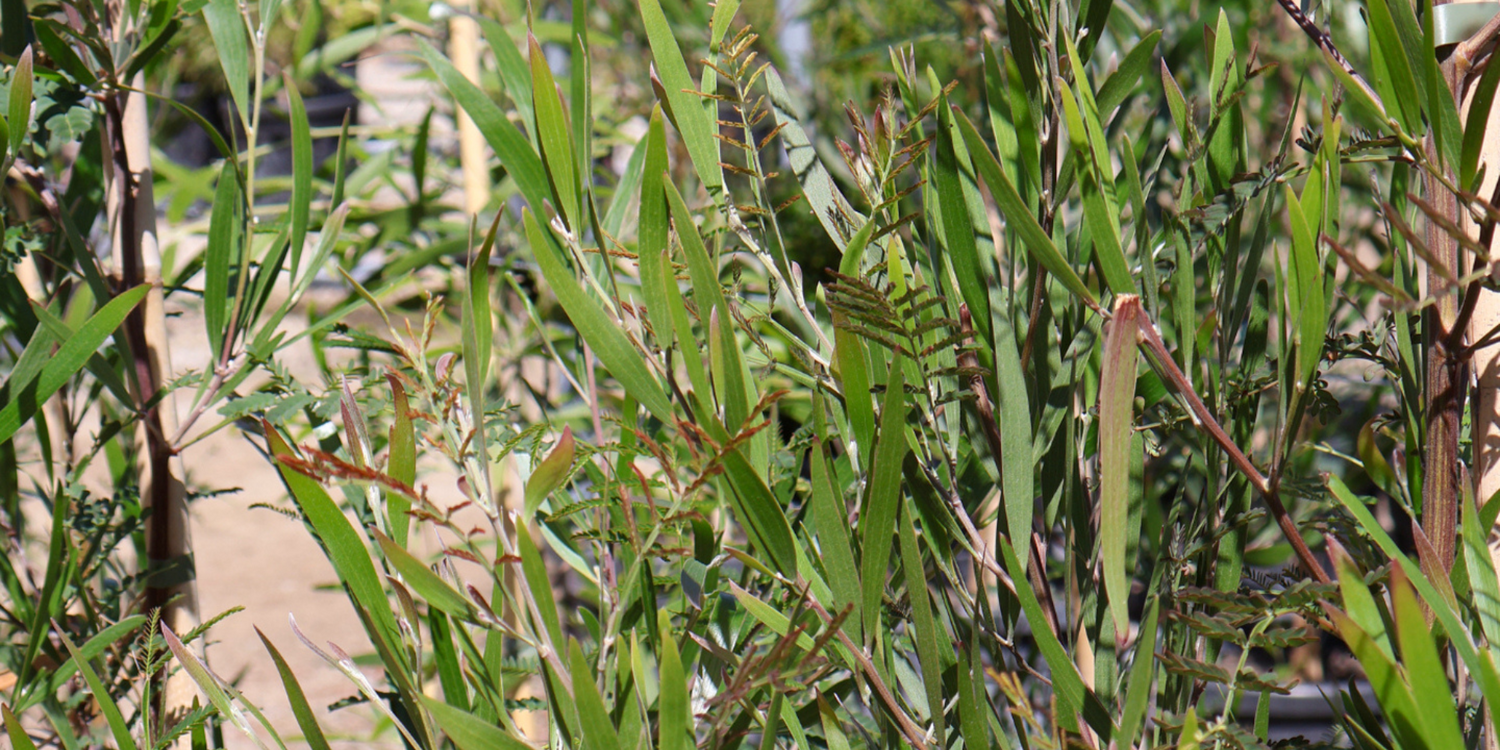

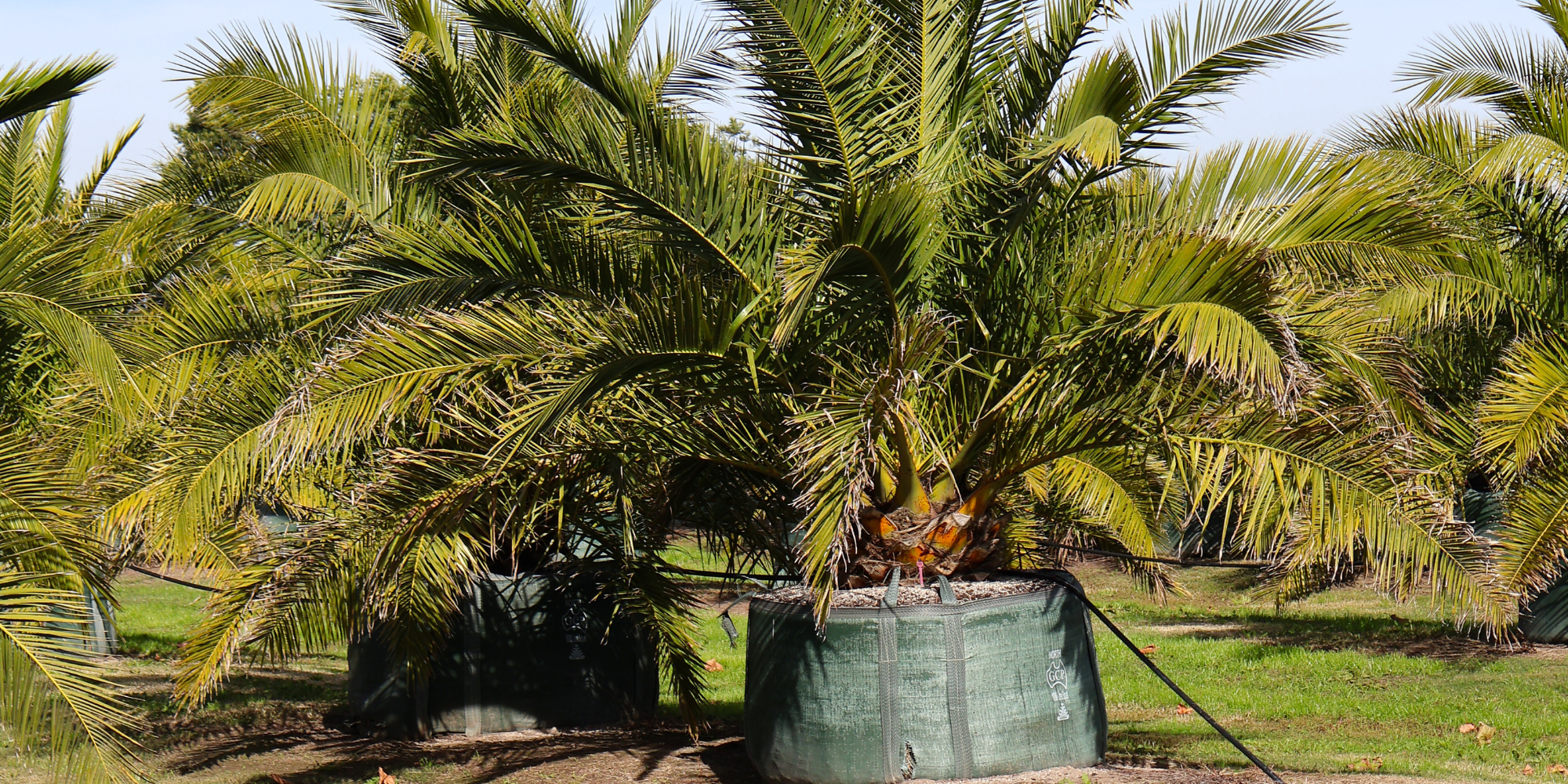
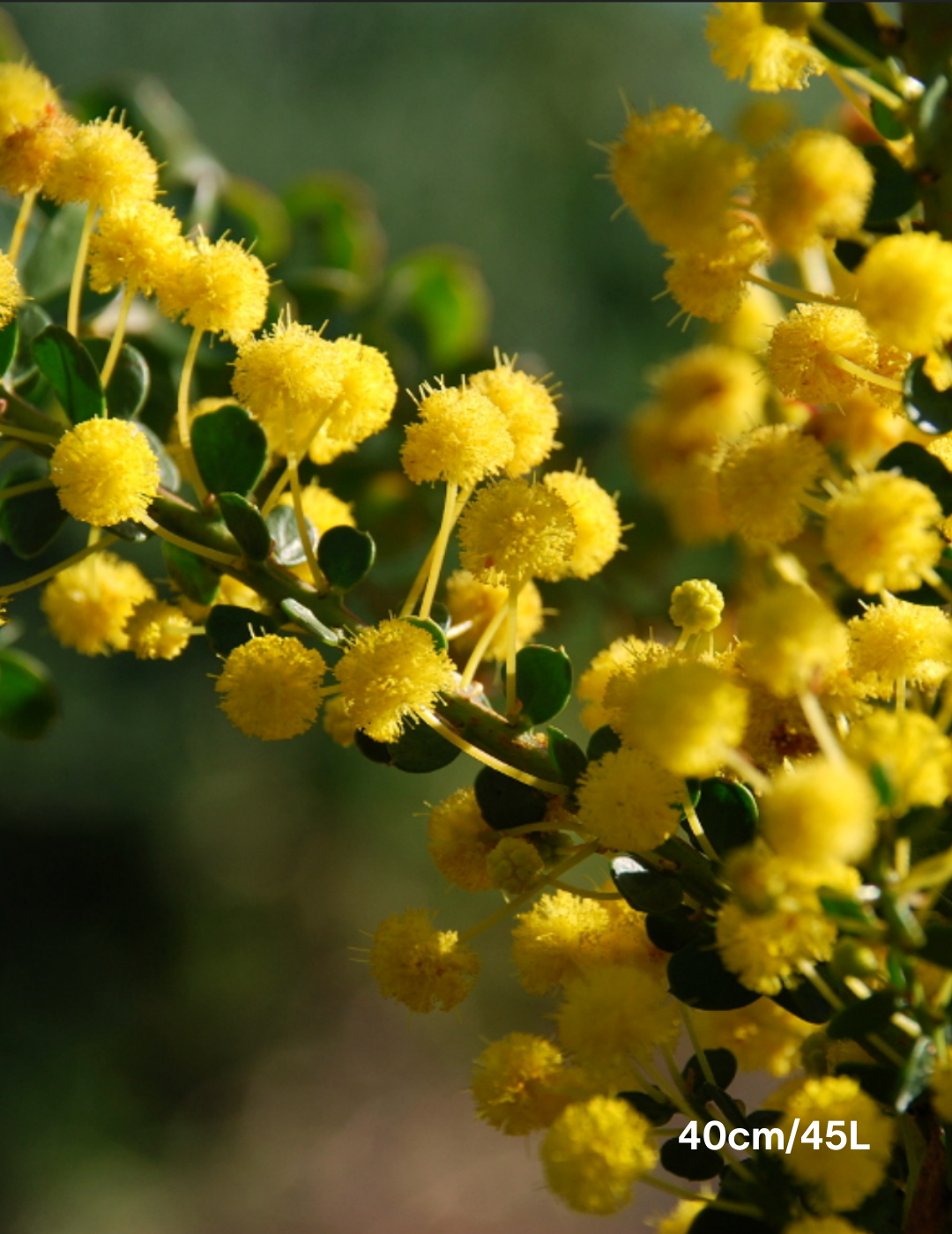
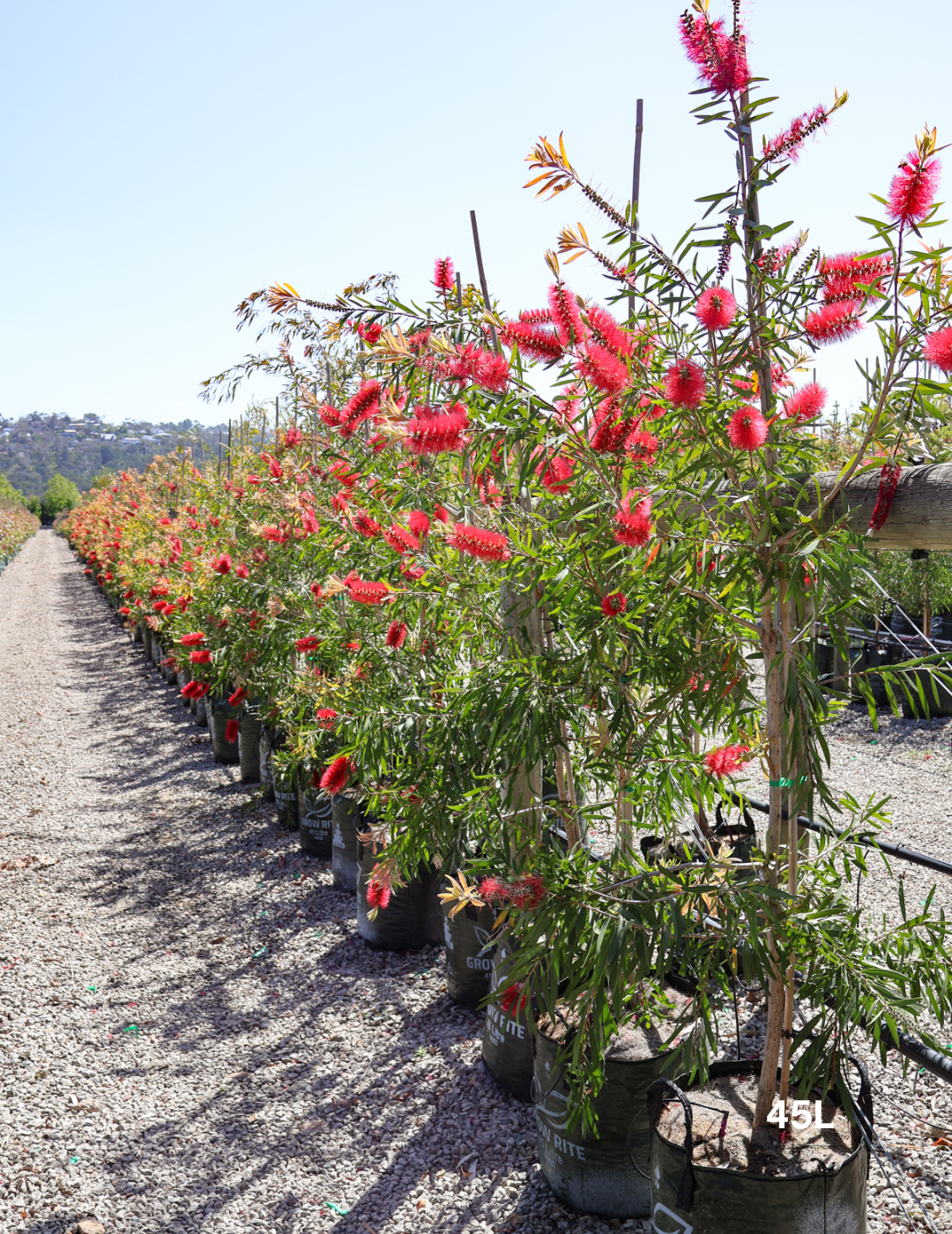



Leave a comment
This site is protected by hCaptcha and the hCaptcha Privacy Policy and Terms of Service apply.